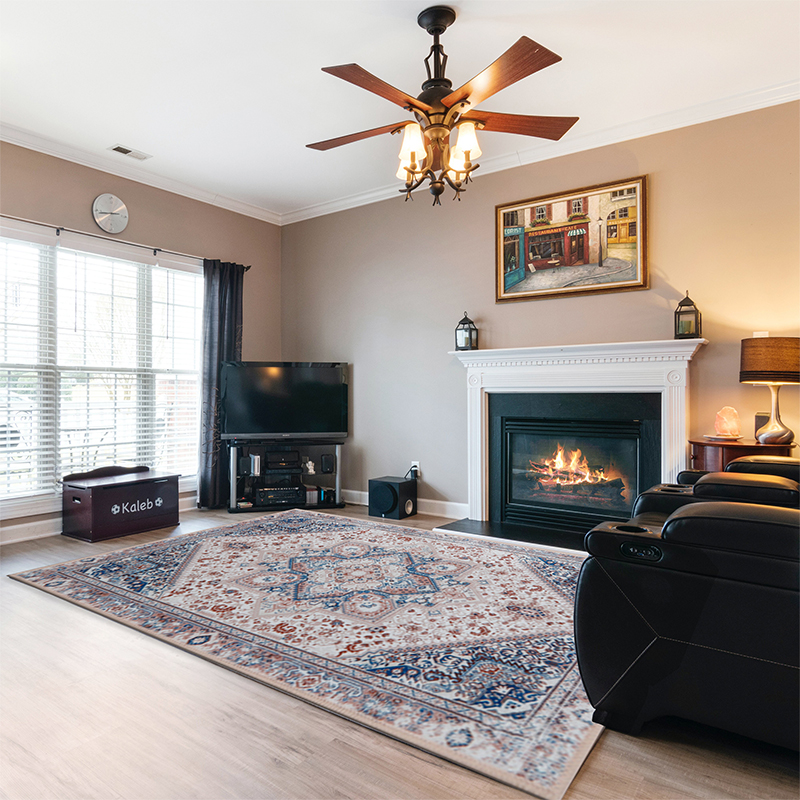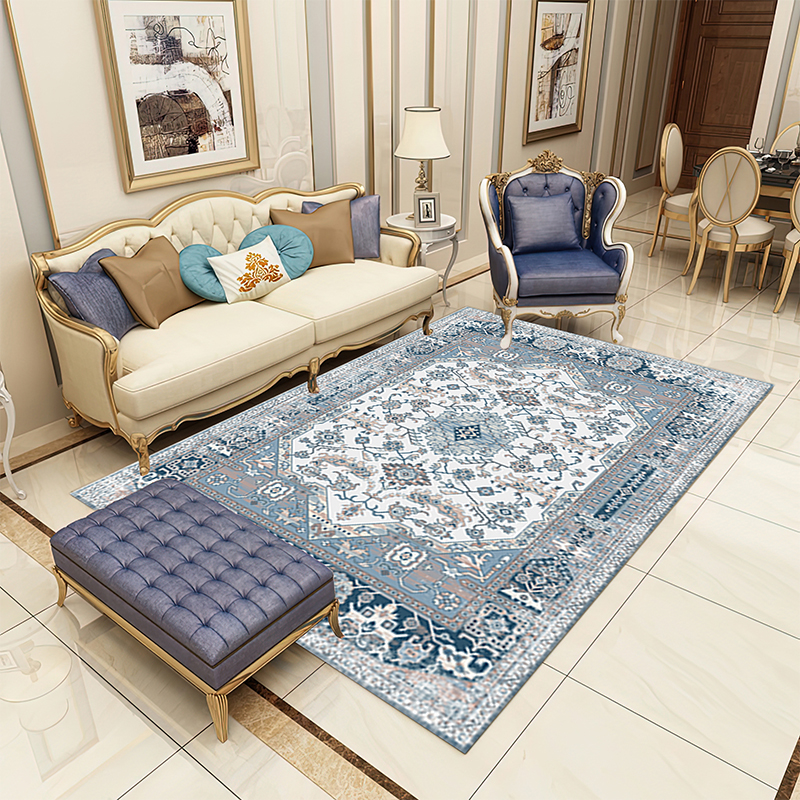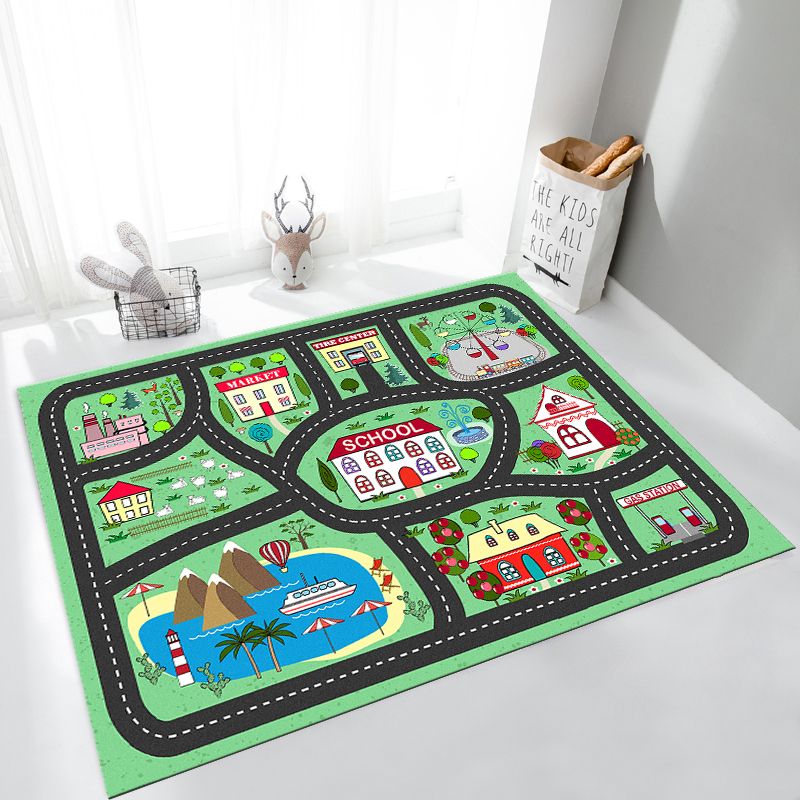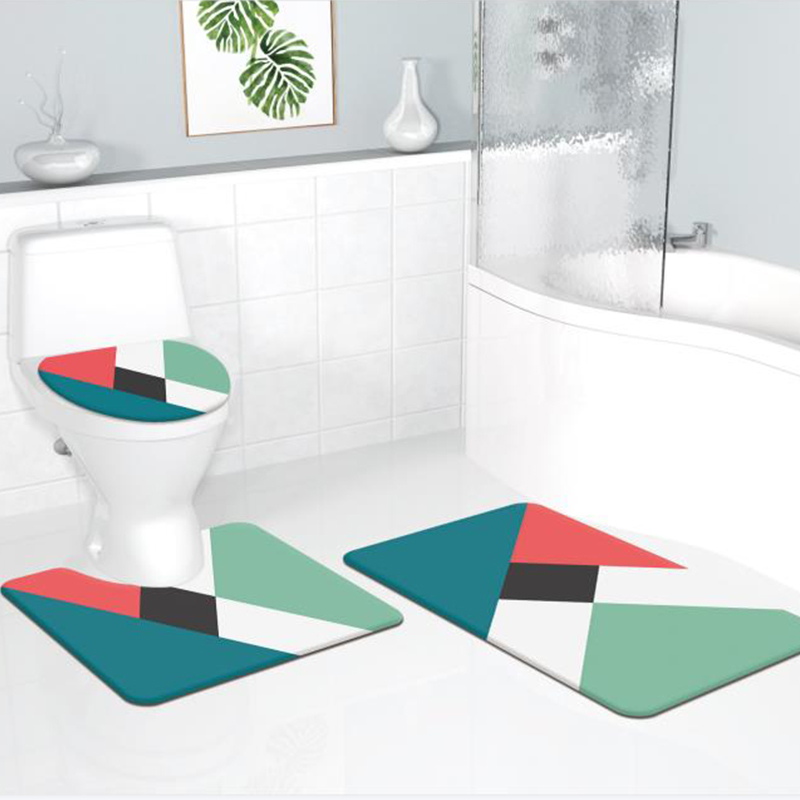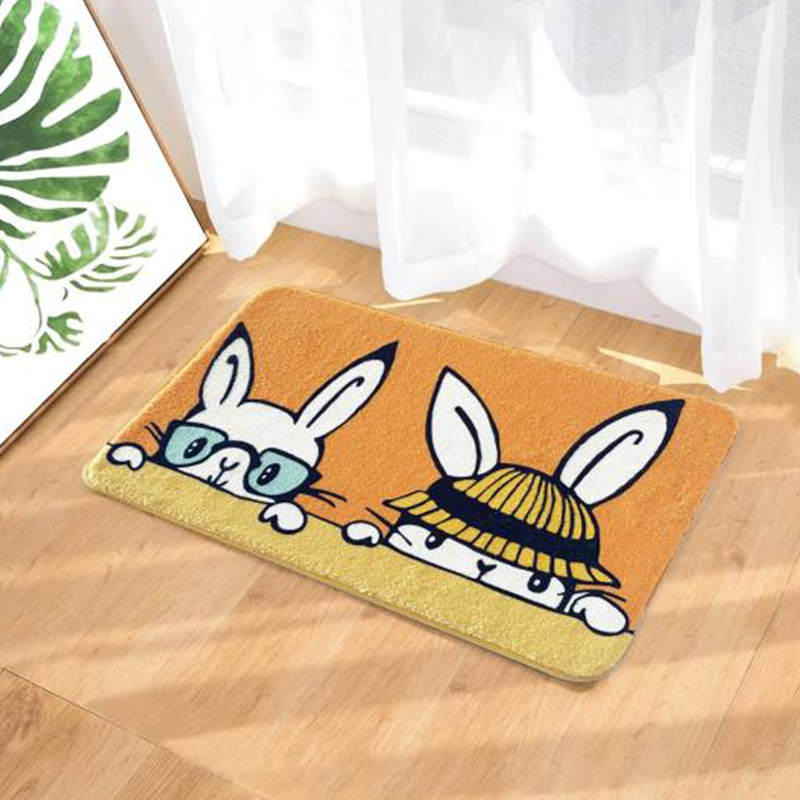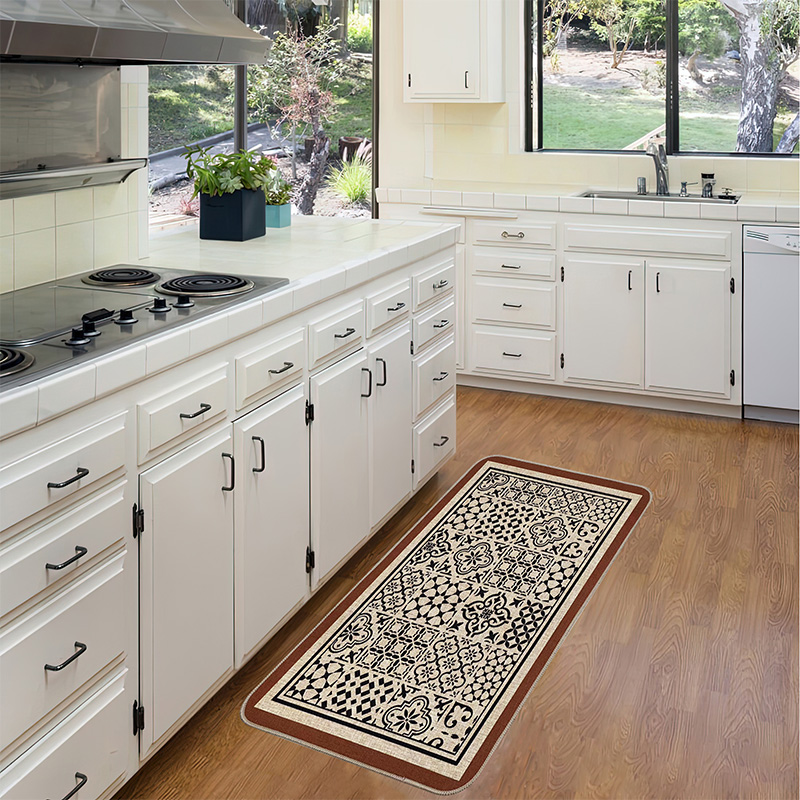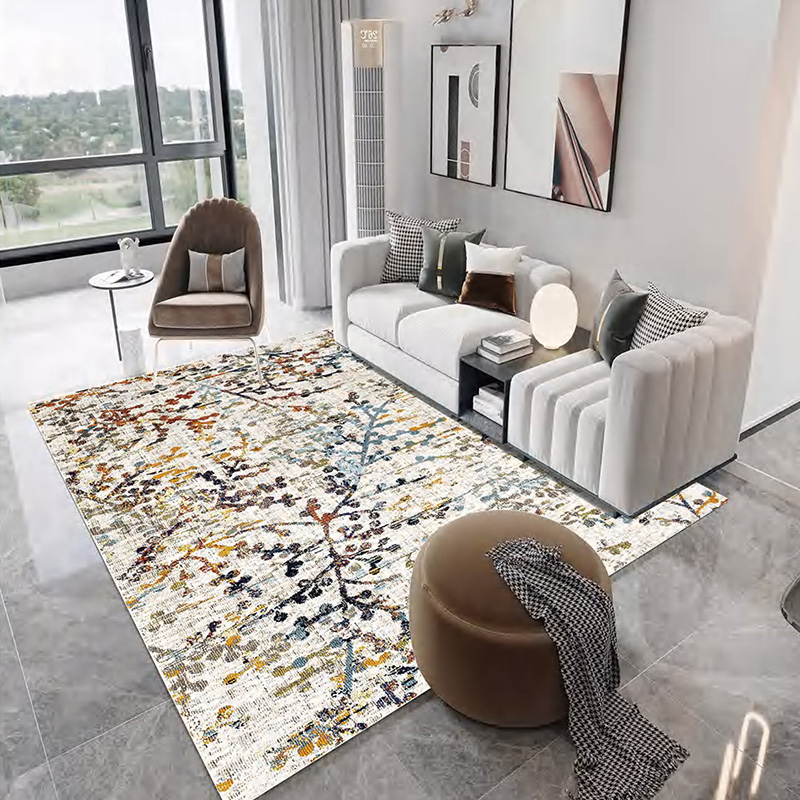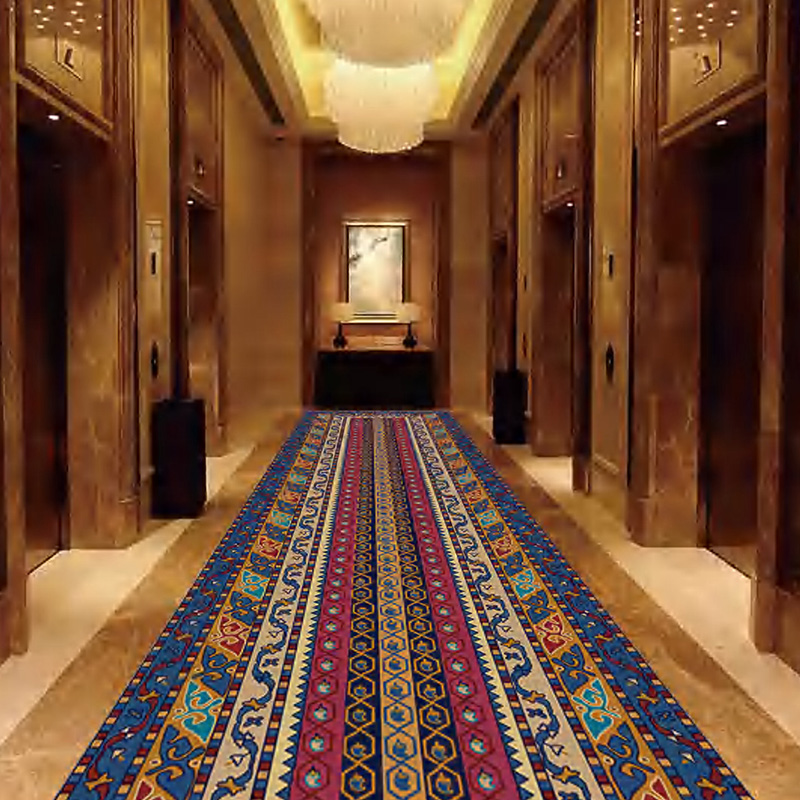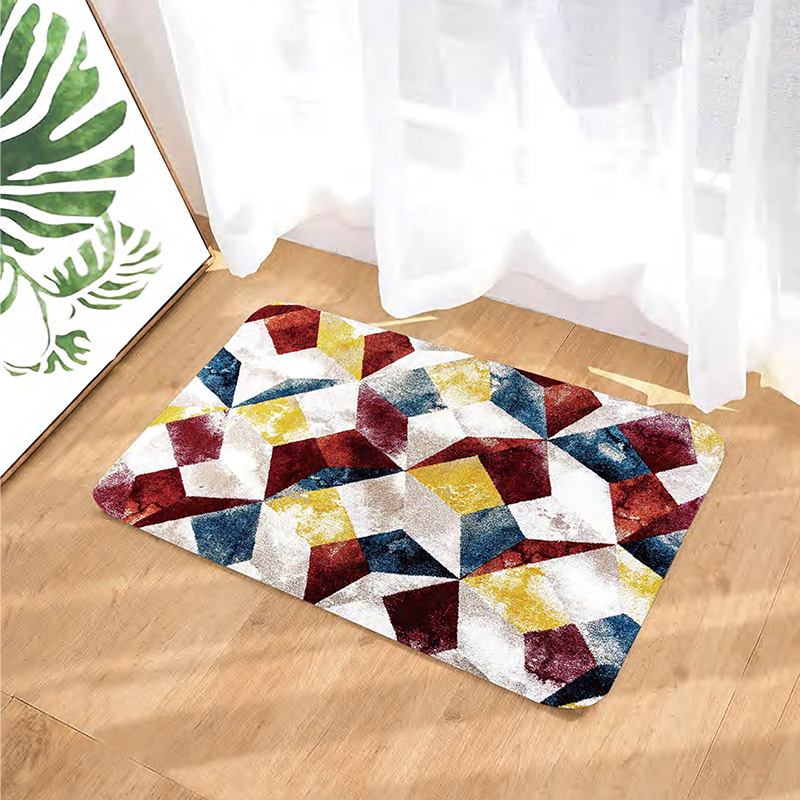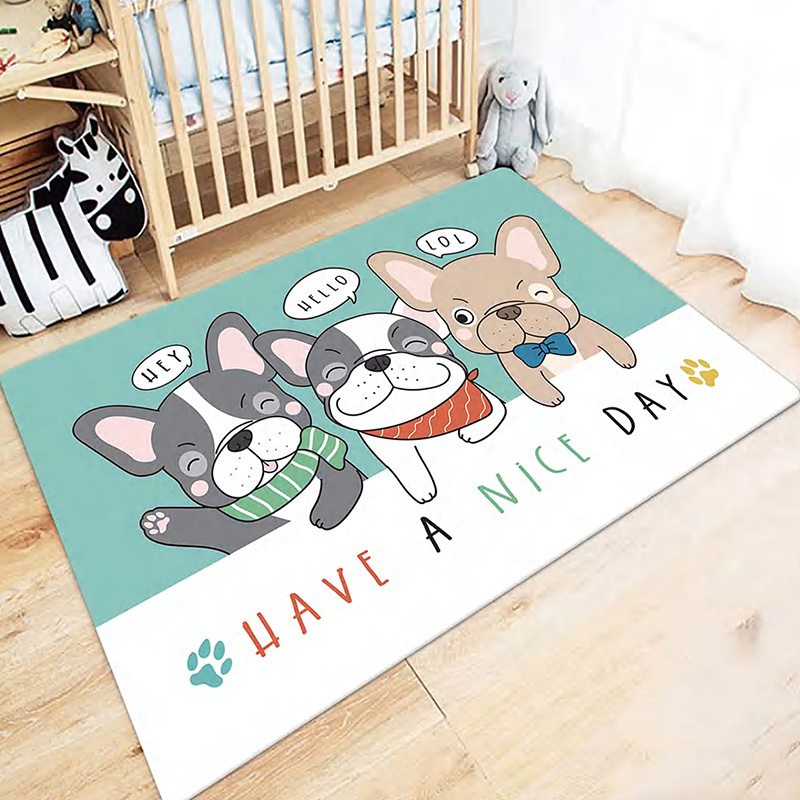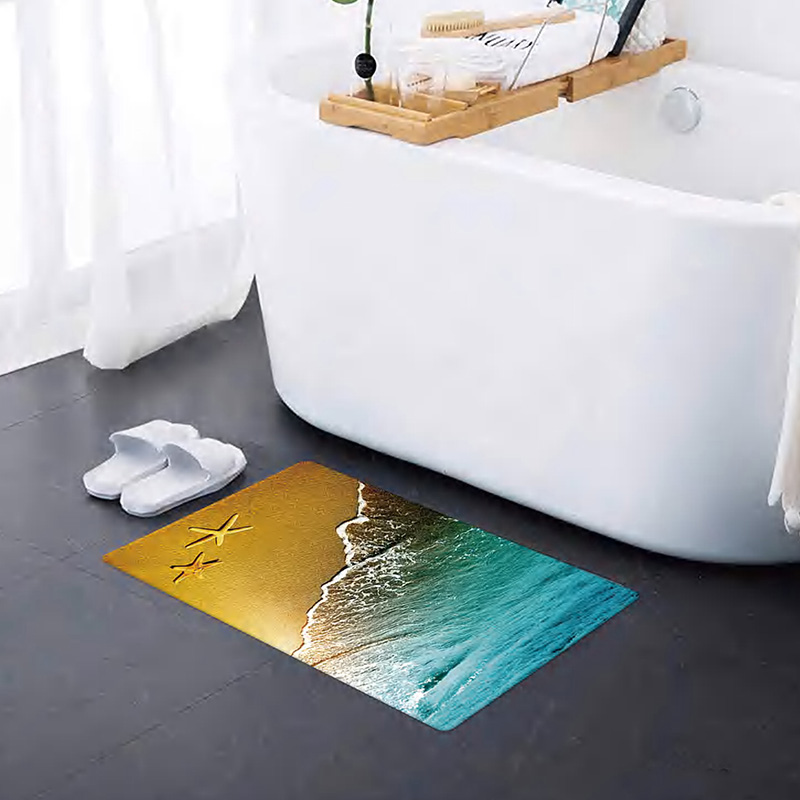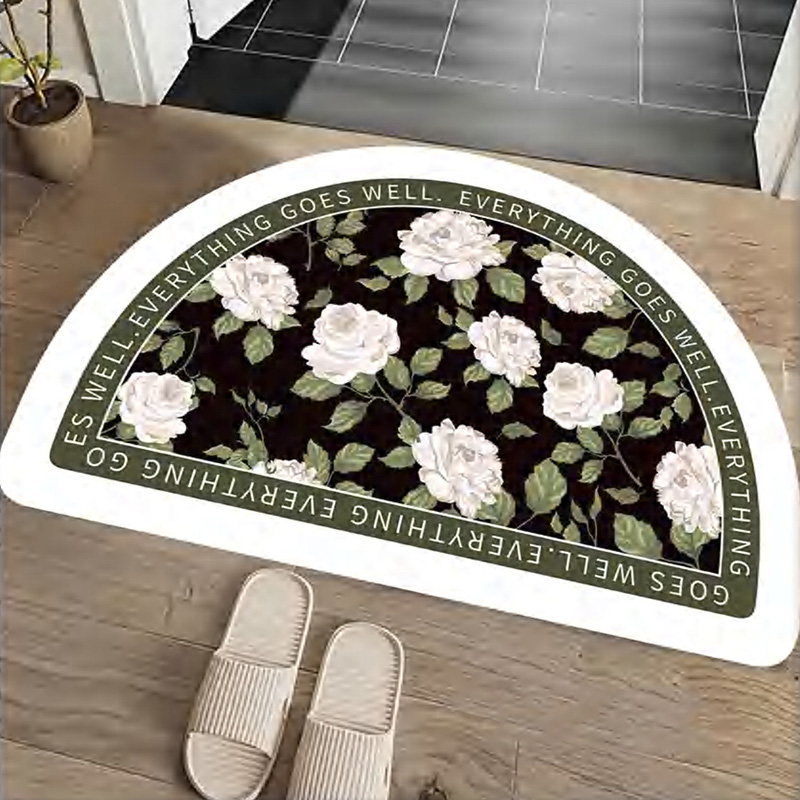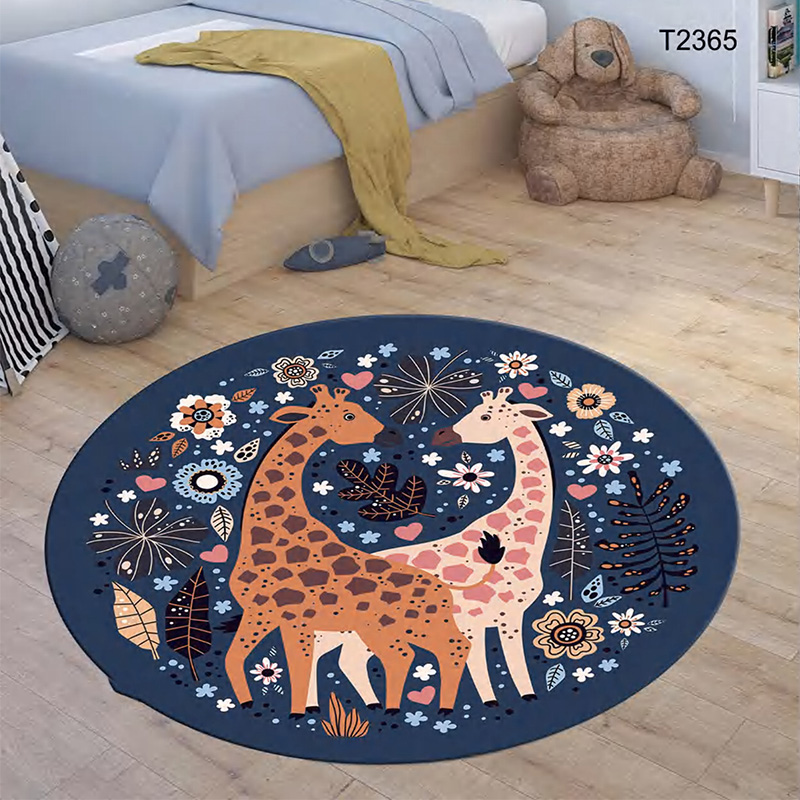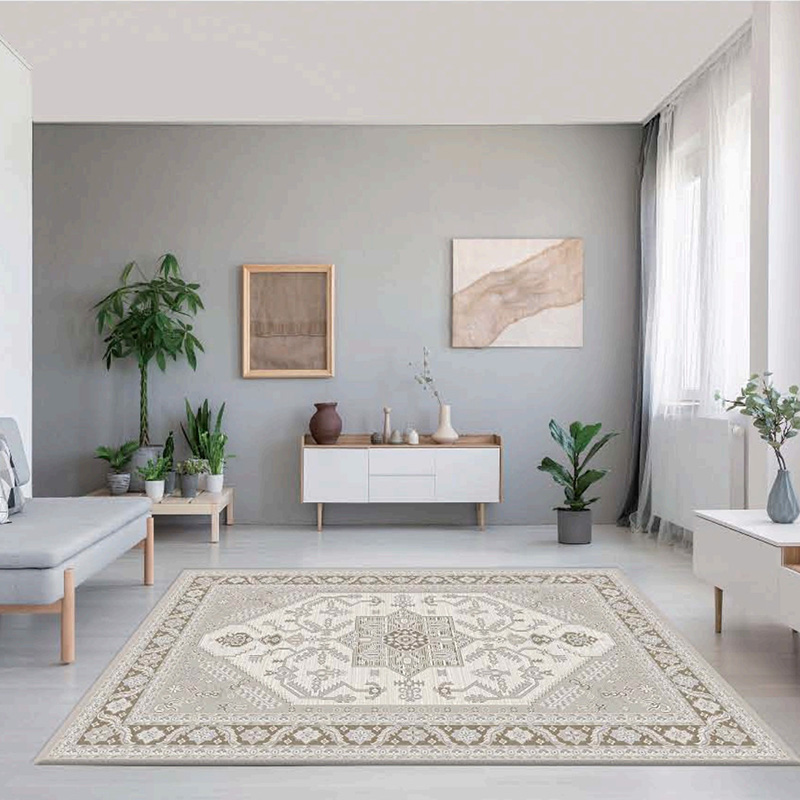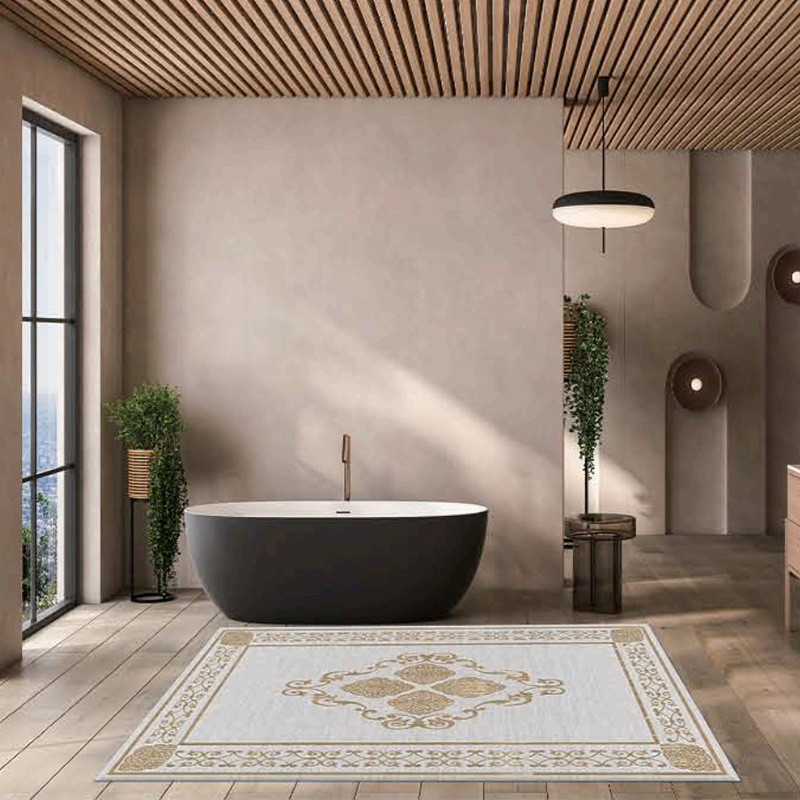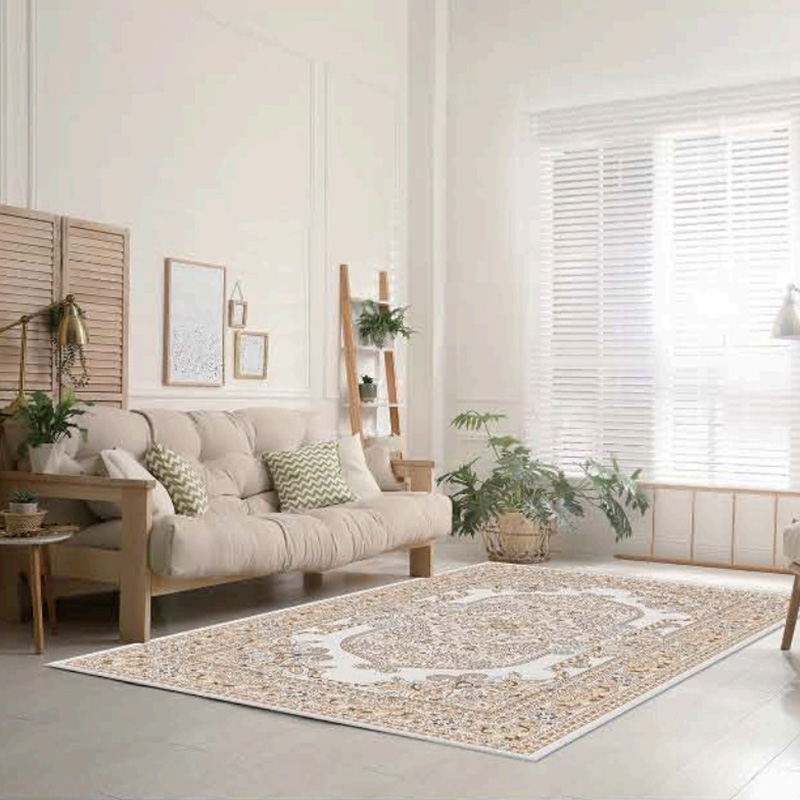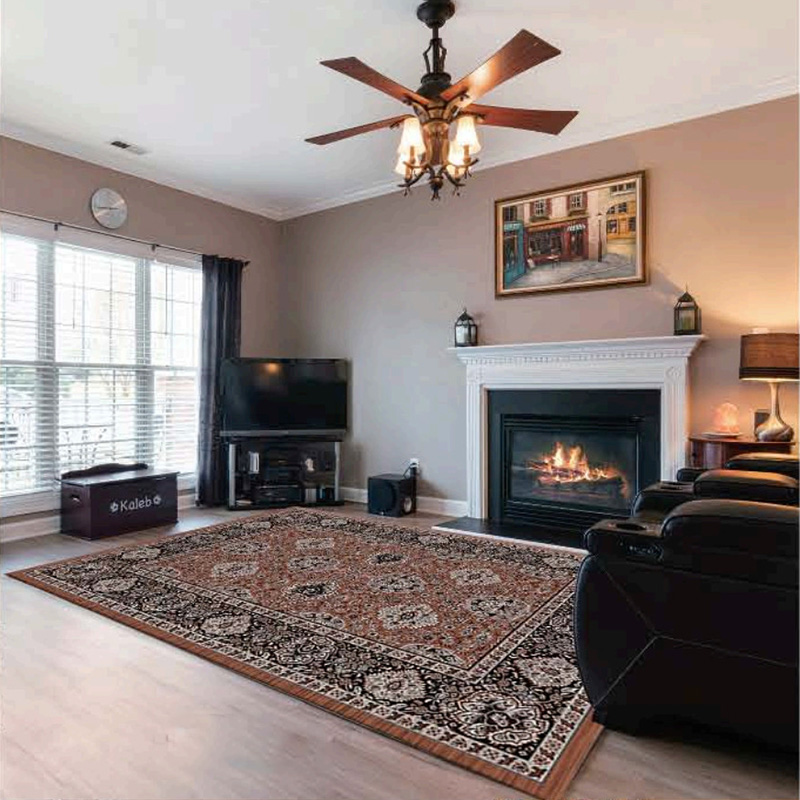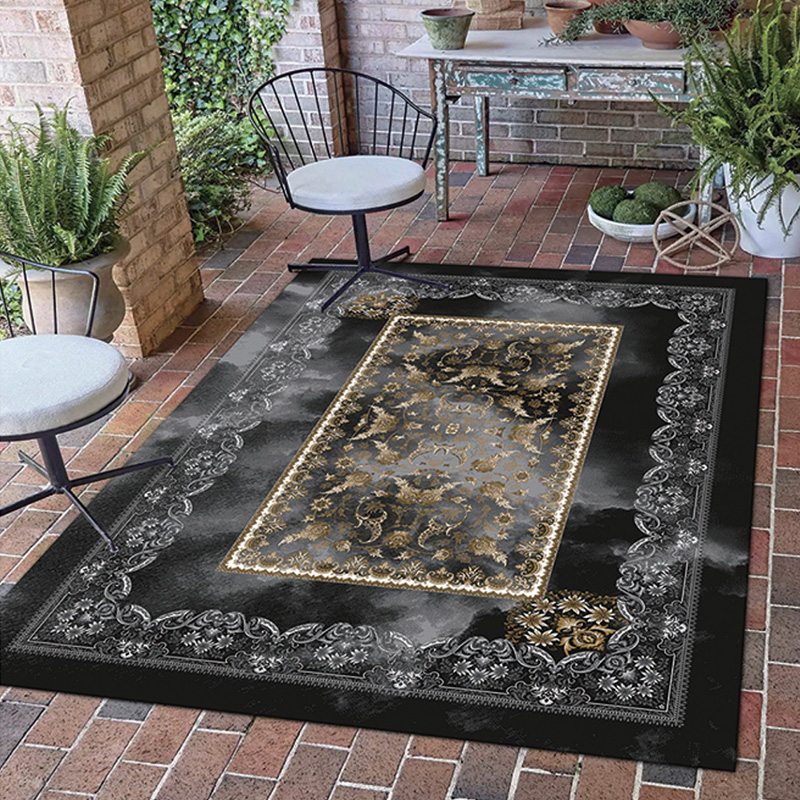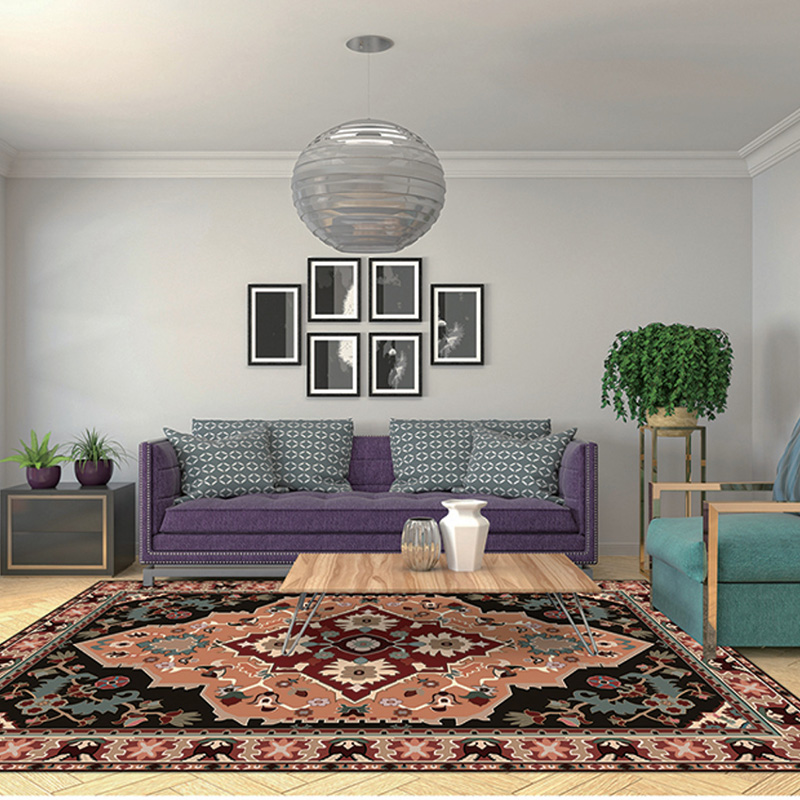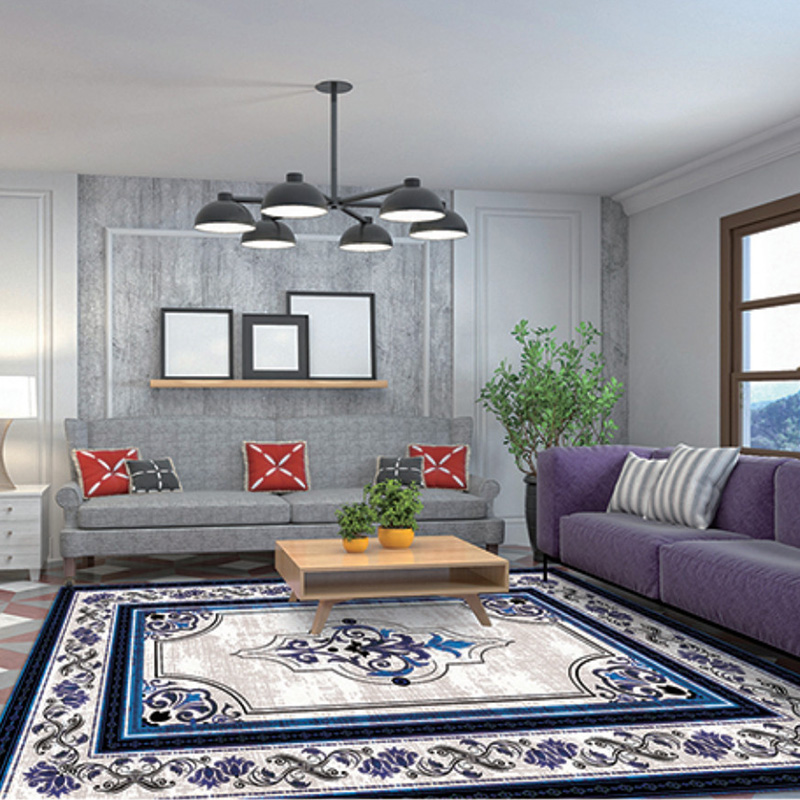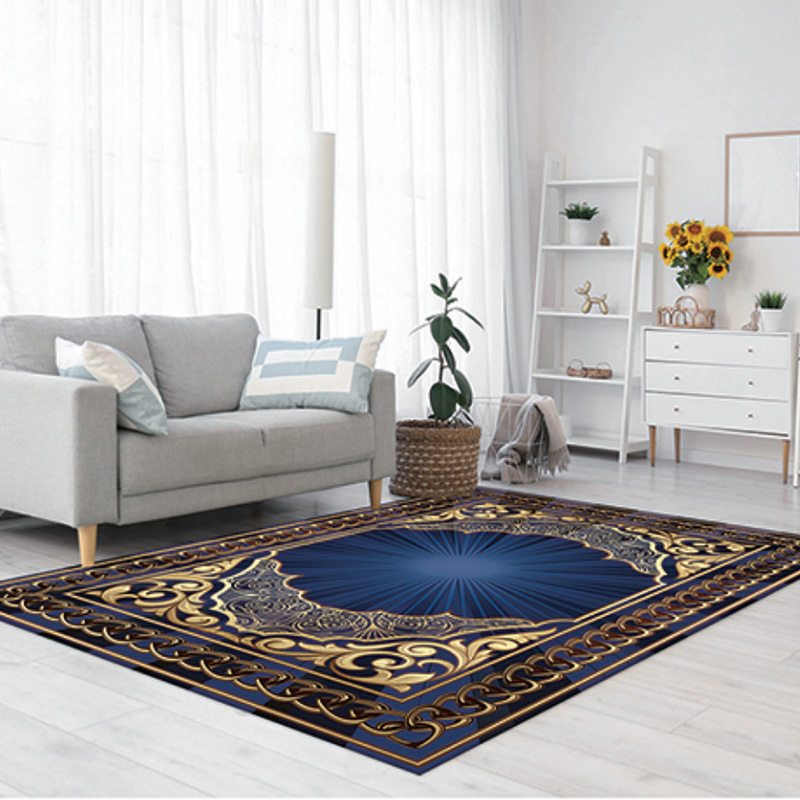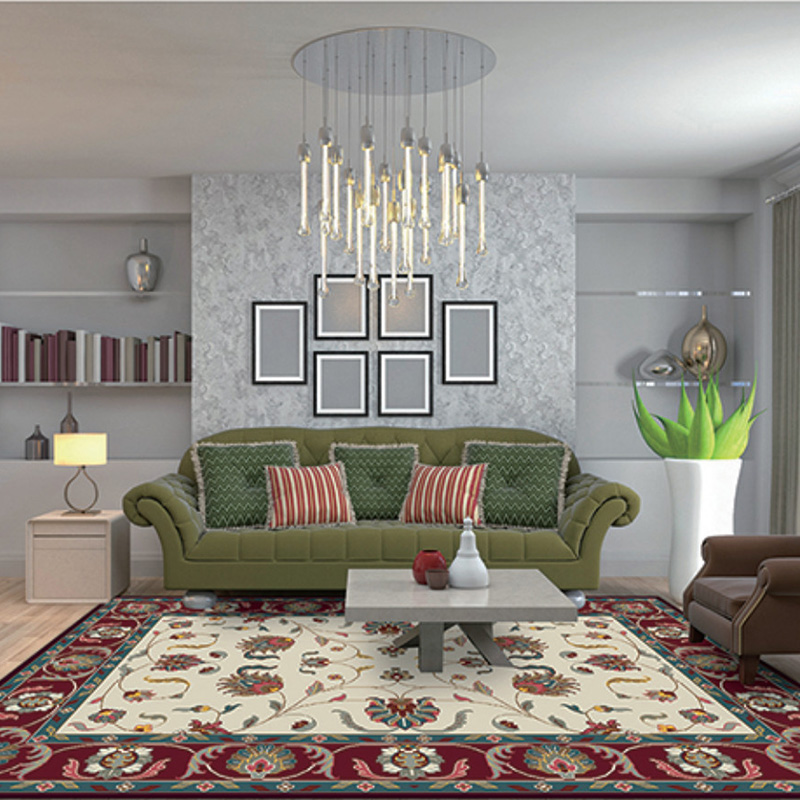The children’s home decor sector is experiencing a vibrant surge with the rising popularity of kids rugs—specialized floor coverings designed not only to brighten up playrooms and bedrooms but also to promote safety, creativity, and learning. As parents increasingly seek products that combine aesthetics with functionality and developmental benefits, kids rugs have moved far beyond simple decorative accents to become integral elements of child-friendly spaces.
Rising Demand for Kids Rugs Reflects Changing Parenting Priorities
Modern parenting emphasizes creating environments that nurture a child’s physical and cognitive growth while ensuring safety and comfort. This mindset has fueled strong demand for kids rugs that offer soft, cushioned surfaces protecting little ones from hard floors, reducing injury risks during play and everyday activities.
The growth in urban living and smaller homes further drives the market, as rugs help designate play areas within compact spaces, providing both structure and warmth. Moreover, with families spending more time indoors post-pandemic, the focus on enhancing indoor play and learning zones has intensified.
Safety and Comfort: Core Attributes Driving Popularity
At the heart of kids rugs’ appeal is the combination of comfort and safety. Manufacturers invest in child-friendly materials that are:
Soft and Cushioned: Typically made from plush polyester, cotton blends, or memory foam bases, these rugs provide gentle surfaces ideal for crawling, sitting, and playing.
Non-Toxic and Hypoallergenic: Safe dyes and materials that avoid harmful chemicals ensure the rugs meet stringent safety standards, allergy risks.
Anti-Slip Backings: Rug bases with rubber or latex coatings prevent slipping, critical for active toddlers learning to walk or run.
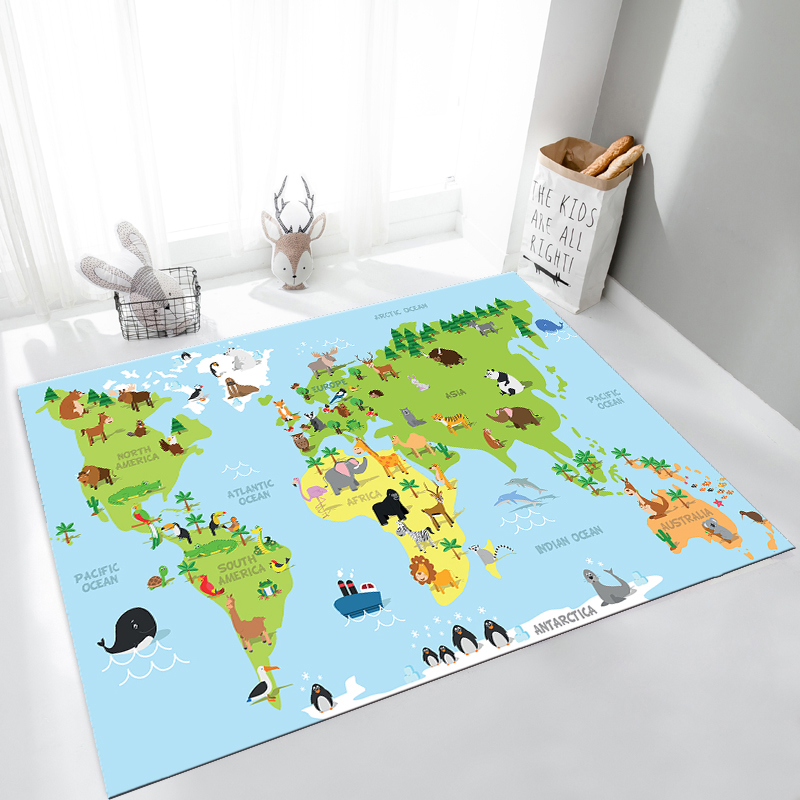
Durable and Easy to Clean: Kids rugs are designed to withstand spills, stains, and frequent washing, important factors for busy households.
Educational and Interactive Designs
A notable trend in kids rugs is the integration of educational and interactive elements, turning rugs into learning tools:
Alphabet and Number Rugs: Featuring letters and numbers in bright colors, these rugs support early literacy and numeracy skills.
Maps and Geography Rugs: World maps or cityscapes spark curiosity about places and cultures while serving as playful decor.
Animal and Nature Themes: Rugs depicting animals, plants, or sea life encourage exploration of the natural world.
Puzzle and Game Rugs: Some rugs incorporate interactive patterns for hopscotch, tic-tac-toe, or other games, promoting active play.
Customizable and Themed Rugs: From fairy tales to space adventures, themes can align with a child’s interests, fostering imagination and engagement.
Market Growth and Consumer Trends
The global kids rugs market is expanding rapidly, fueled by demographic trends, evolving lifestyles, and digital retail growth:
Increasing Birth Rates in Emerging Economies: Countries in Asia, Africa, and Latin America with growing young populations are key growth markets.
Parents’ Willingness to Invest: Higher disposable incomes and greater focus on child development prompt spending on quality, multifunctional rugs.
Rise of Online Shopping: E-commerce platforms provide access to diverse styles, customization options, and competitive pricing, attracting tech-savvy millennial parents.
Sustainability Concerns: Eco-friendly kids rugs made from organic cotton, bamboo fibers, or recycled materials are gaining traction as awareness grows.
Gift Market Expansion: Kids rugs are popular gifts for birthdays, holidays, and baby showers, contributing to market volume.
Innovations and Technological Advances
Innovation is reshaping the kids rugs category with new materials and design technologies:
Stain-Resistant Coatings: Advanced fabric treatments repel liquids and dirt, simplifying cleanup.
Washable and Portable Rugs: Machine-washable rugs or foldable play mats offer convenience for busy families and travelers.
Sensory Textures: Rugs with varied textures stimulate tactile development in infants and toddlers.
Smart Rugs: Emerging products embed sensors or augmented reality features that interact with educational apps.
Lightweight and Breathable Designs: Enhancing comfort, especially in warmer climates or multi-use rooms.
Tips for Selecting the Kids Rug
Parents and caregivers looking to purchase kids rugs should consider several factors:
Size and Fit: Choose rugs that appropriately cover the play or sleeping area while leaving room for furniture.
Material Safety: Verify certifications for non-toxicity and hypoallergenic properties.
Ease of Cleaning: Opt for rugs that are stain-resistant or machine washable for hassle-free maintenance.
Durability: High-quality construction ensures the rug can handle heavy foot traffic and rough play.

 英语
英语 阿拉伯语
阿拉伯语 德语
德语
